Bets on US weakness are fueling a rally in emerging markets
Published in Business News
Some investors are betting the good times are only just beginning for emerging markets as worries over the U.S. economy boost the allure of the long-suffering asset class.
Fueling the shift are expectations that President Donald Trump’s tariff policies will weigh on U.S. growth and force traders to look abroad, a wager that has portfolio managers scooping up everything from Latin American currencies to Eastern European bonds.
The moves have already sparked a run in EM equities, with a gauge set for its best first quarter since 2019. A weaker dollar has helped lift an index of developing currencies nearly 2% this year, while local bonds have also climbed.
“For the past few years, investors have piled into U.S. assets and more-developed markets,” said Bob Michele, global head of fixed income at JPMorgan Asset Management. “Now, when you look at valuations, emerging markets look cheap.”
Emerging-market investors have seen their share of false dawns in the past decade, as surging U.S. stocks left competitors in the dust time and again. More recently, the highest Treasury yields in decades gave investors little reason to venture outside the U.S. and sparked a surge in the dollar that rattled currencies across the globe.
The current rally’s fate may well be tied to the trajectory of U.S. growth. A tariff-induced cooling of the world’s largest economy that pulls down Treasury yields and the dollar would be ideal — provided it doesn’t snowball into a more pronounced slowdown that kills the market’s appetite for risk, investors said. Many are also counting on a massive boost in European spending and further stimulus in China to take up the slack if the U.S. sputters.
Bullish investors also point out that the assets of many countries are inexpensive on various metrics, with developing-world stocks near their lowest level relative to the S&P 500 since the late 1980s. Net asset inflows into dedicated funds are yet to turn positive in 2025, and emerging markets are underrepresented in many portfolios following years of weak performance. That could give stocks, bonds and currencies room to rise if the shift accelerates.
“The end-of-U.S.-exceptionalism-trade has a long way to run,” Ashmore Group analysts wrote earlier this month. “This asset allocation shift is likely to be a decade-long trend, considering the huge overexposure by global investors to U.S. equities.”
Scouring the globe
Edwin Gutierrez, head of EM sovereign debt at aberdeen group plc, said investors over the last decade-and-a-half have been “hoping in vain” for a scenario where U.S. growth slows — but not sharply enough to spark a risk-off mood.
Still, he has been buying the bonds and currencies of emerging European countries, after years of keeping allocations to the region below the firm’s benchmark weightings.
“Trumponomics probably presents the most genuine challenge to U.S. exceptionalism that we’ve seen” in the past 15 years, Gutierrez said.
BlackRock Inc.’s strategist Axel Christensen and portfolio manager Laurent Develay said Latin America offers bright spots, as the pullback in U.S. stocks narrows the performance gap with the rest of the globe. “Any temporary weakness due to trade uncertainty” would be an opportunity to buy local EM bonds, they added.
Funds including TCW Group and T. Rowe Price have scooped up sovereign notes in Colombia and South Africa, touting their higher liquidity and market access. Franklin Templeton’s new low volatility global bond fund has bought hard currency debt from Indonesia, Philippines and South Korea.
“The unwind of U.S. exceptionalism, including a weaker dollar, is good for EM,” said Carmen Altenkirch, an analyst at Aviva Investors in London. She pointed out that the extra yield investors demand to own EM hard currency debt over U.S. Treasuries has remained relatively stable, compared to the same measure for many developed-market peers.
Most emerging currencies are up versus the dollar this year, with Brazil, Chile and Colombia among the biggest gainers. Even the Mexican peso — which is particularly vulnerable to tariff headlines — is attracting buyers. The currency is up more than 2% year-to-date, and hedge funds are the most bullish since August.
The $83 billion Vanguard FTSE Emerging Markets ETF, known by its ticker VWO, rose 0.5% as of 2:00 p.m. New York Thursday, extending its monthly gain.
What Bloomberg strategists say:
“As value makes a comeback against growth in equities, at least on a selective basis, the same dynamic may transition into FX, particularly when there are cheap currencies that offer high real yields, such as COP, PHP and INR”
— Mark Cudmore, macro strategist
Plenty of factors could derail those trades, including a U.S. economy that proves resilient in the face of a trade war or tariffs that are less severe than feared. Some investors appear to be betting on such an outcome: global stock funds recorded about $43.4 billion in inflows in the week through March 19, the largest of the year, according to a Bank of America report citing EPFR data.
Eric Souders, portfolio manager at Payden & Rygel, isn’t taking any chances. While his fund holds positions such as Vietnamese and Mongolian bonds, it has also lifted cash holdings to the highest level since 2022, just in case the U.S. roars back.
For now, however, “we think EM looks pretty good,” he said.
_____
With assistance from Carolina Wilson and Philip Sanders.
_____
©2025 Bloomberg L.P. Visit bloomberg.com. Distributed by Tribune Content Agency, LLC.
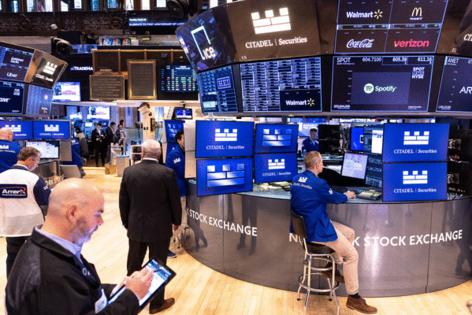


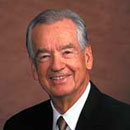
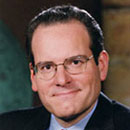
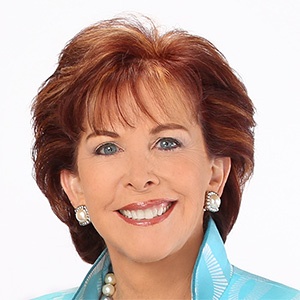

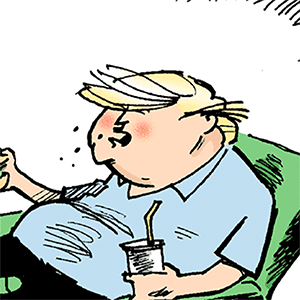
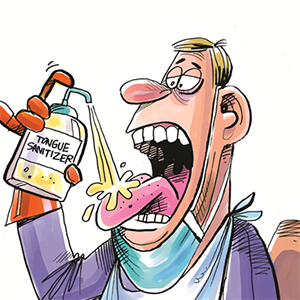

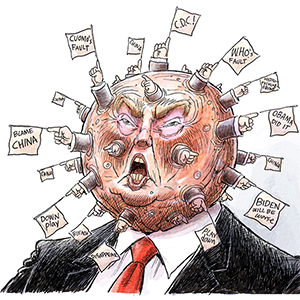
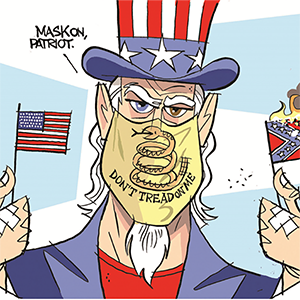
Comments